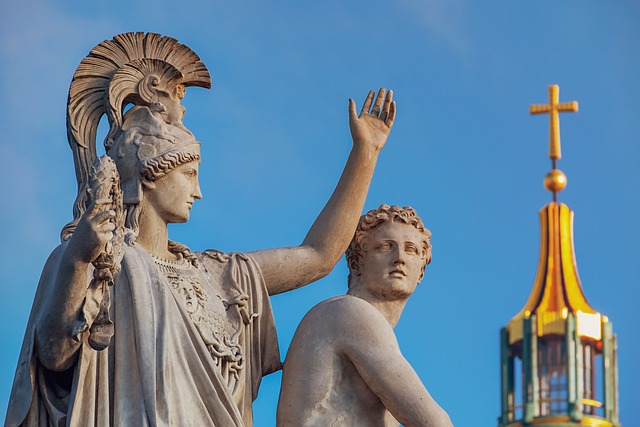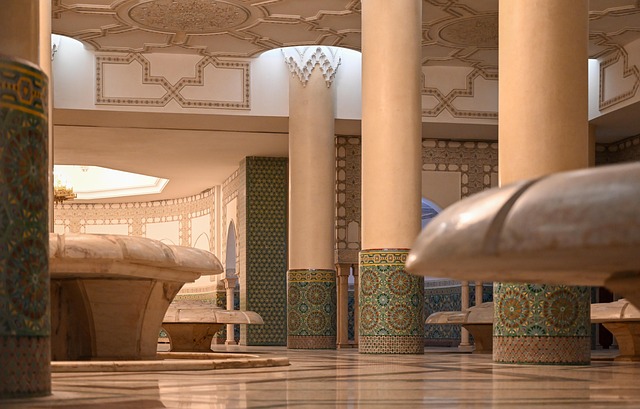When we think of the rich tapestry of Greek mosaic, we are reminded of a time when art and culture intertwined seamlessly to tell stories of gods, heroes, and everyday life. These intricate pieces of art are not just mere decorations; they are a testament to the skill and passion of ancient artisans who dedicated their lives to creating breathtaking masterpieces that stand the test of time.
Greek mosaics date back as early as the 5th century BC, with techniques that have evolved over centuries. What sets these mosaics apart is the meticulous attention to detail and the overwhelming sense of beauty they evoke. Whether it’s the delicate arrangement of colorful tesserae or the grand depictions of mythological scenes, every piece has a story to tell, anchoring us in a history that feels both distant and immediate.
As we delve deeper into the world of fine arts, the significant role that Greek mosaic plays becomes increasingly evident. Mosaics were often used in public spaces such as temples and villas, crafting an atmosphere of elegance that exemplified the ideals of beauty in Greek culture. The vibrant scenes depicted in these works often showcased not only mythological tales but also important cultural events, celebrations, and the very essence of daily life. They allowed the public to engage with art in a way that was both visually stunning and contextually significant.
The color palette of Greek mosaics is as varied as the stories they tell. From radiant blues and earth-toned browns to shimmering golds, these colors were painstakingly chosen to bring depth and life to each scene. This vibrant collection of hues invites viewers to immerse themselves in the art, prompting feelings of joy, nostalgia, and admiration. Each piece resonates with the viewer, reflecting the shared human experience across time and cultures.
Moreover, the enduring impact of Greek mosaic on contemporary art cannot be overstated. Modern artists continue to draw inspiration from these ancient techniques, experimenting with their own interpretations of mosaic-making. In many ways, these contemporary works act as a bridge between the past and present, showcasing the timeless nature of art and the ever-evolving dialogue within cultural contexts. Through workshops and exhibitions, the tradition of mosaic art thrives, ensuring that the legacy of the ancient Greek artisans is celebrated and carried forward.
In every corner of Greece, from the bustling streets of Athens to the serene ruins of Pompeii, the beauty of Greek mosaics beckons. It invites us to explore not only the intricate designs that capture the essence of life but also the very culture that shaped these masterpieces. Each mosaic serves as a window into a world of grace, innovation, and storytelling—capturing the magic of fine arts in a way that only Greek mosaics can.




